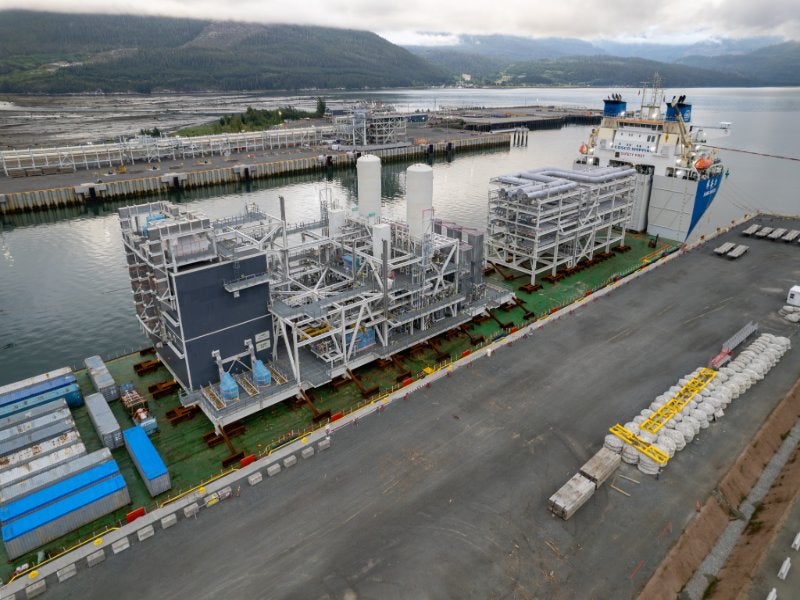
Fluor Corporation has announced the completion of the module fabrication programme for the LNG Canada project in Kitimat, British Columbia, Canada, with the arrival of the final module by ship from the fabrication yard in Zhuhai, China.
The milestone represents a major milestone in the development of the terminal dedicated to the liquefication, storage, and loading of liquified natural gas (LNG) for export to international markets.
Fluor Energy Solutions business group president Jim Breuer said: “Fluor’s role on the LNG Canada Project underscores our commitment to delivering complex energy and chemicals projects for our clients around the world.
“Liquified natural gas is essential to the energy transition as it displaces higher carbon forms of energy. We are proud to build Canada’s first large LNG export facility, which will support global energy security.”
The company, in collaboration with its joint venture partner JGC Corporation, is actively involved in various components of the LNG Canada project. Their responsibilities encompass engineering, procurement, fabrication, and transportation of modules, as well as the construction of crucial project infrastructure, utilities, marine structures, and the LNG storage tank.
In March 2022, the project received its first significant module, standing at 145ft tall and weighing over 5,000 tonnes. Since then, the project site has welcomed a total of 215 modules of different sizes, which have been carefully placed and assembled.
Fluor LNG business president Pierre Bechelany said: “Completing the module fabrication program is a major achievement for the LNG Canada Project.
“This accomplishment highlights the success of the innovative approach of modular construction, which has enabled us to advance construction activities on-site while working with local communities, a skilled local workforce, and limiting environmental impacts.”
LNG Canada is a joint venture between Shell, Petronas, PetroChina, Mitsubishi Corporation, and Korea Gas Corporation. Once fully operational, the facility will have an initial production capacity of 14 million tons of LNG annually. The project has been progressing steadily, and the first shipment of LNG is set to take place in the mid-decade.






